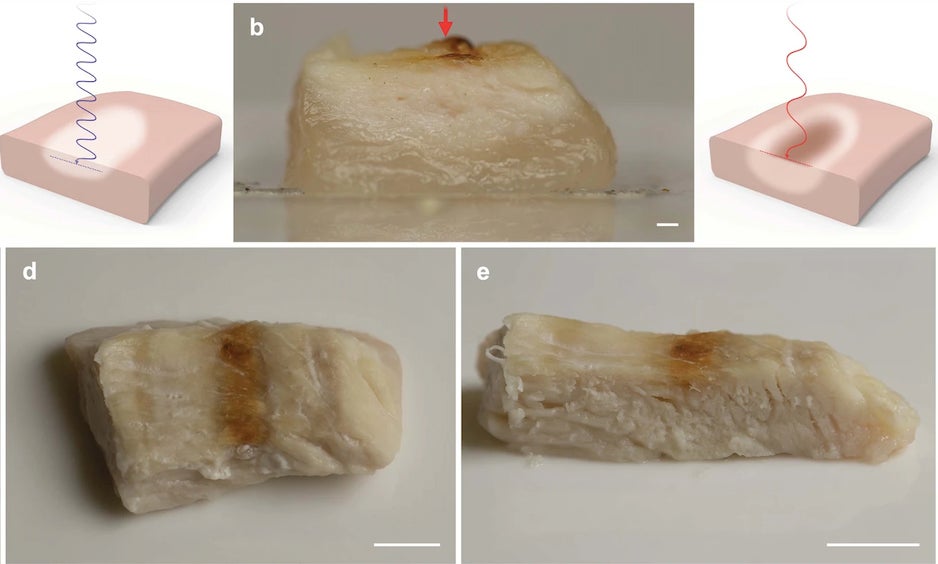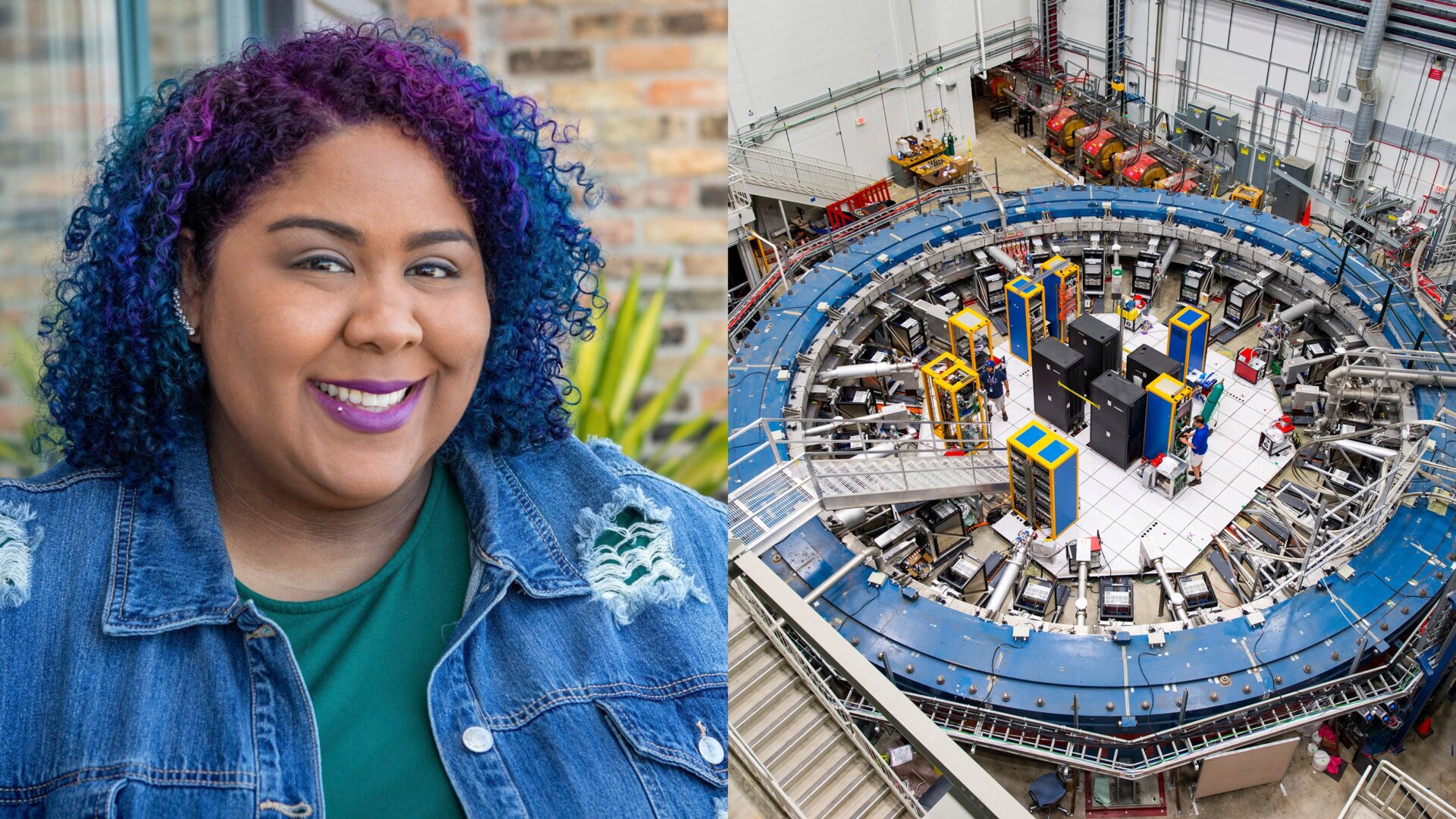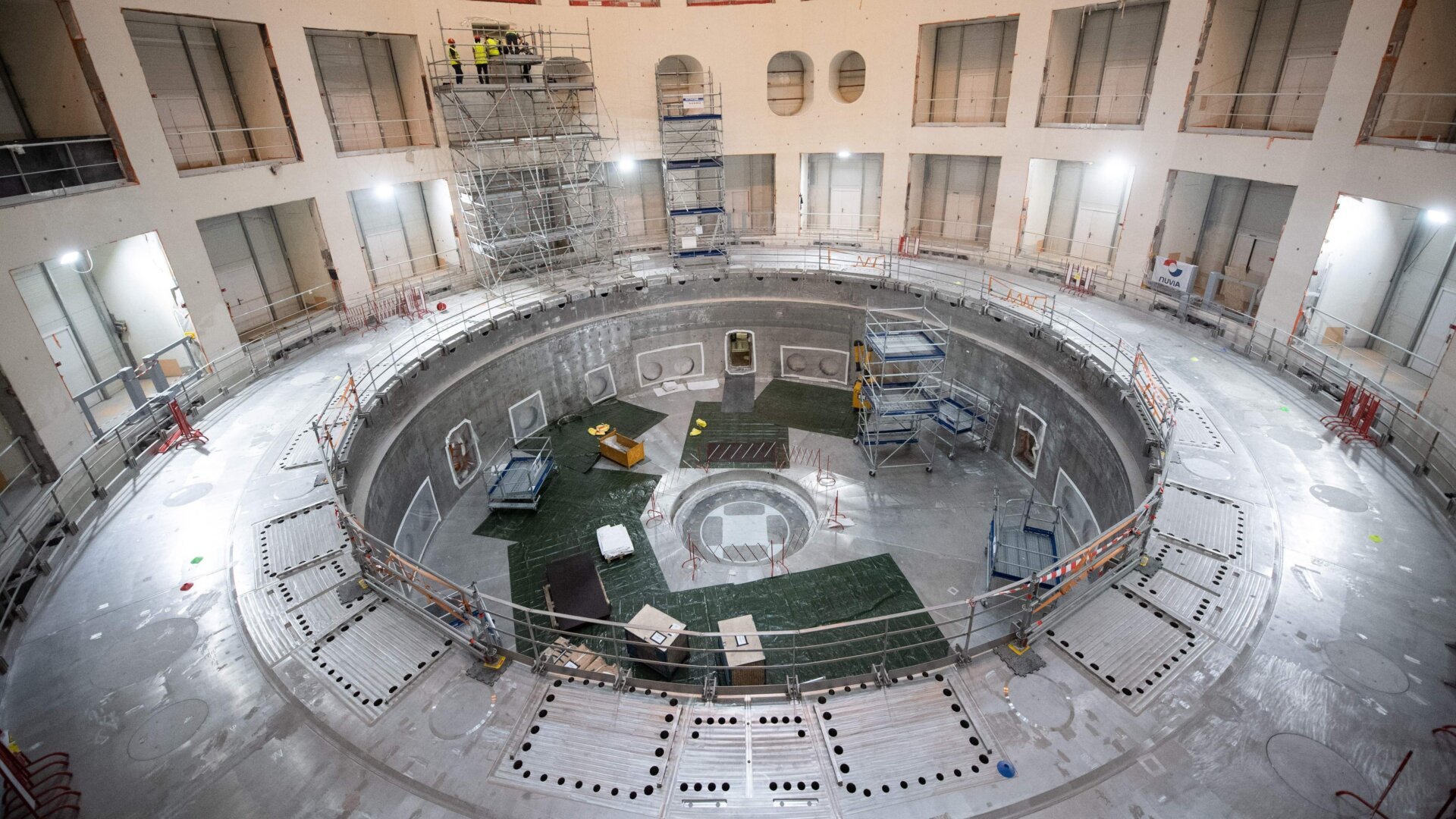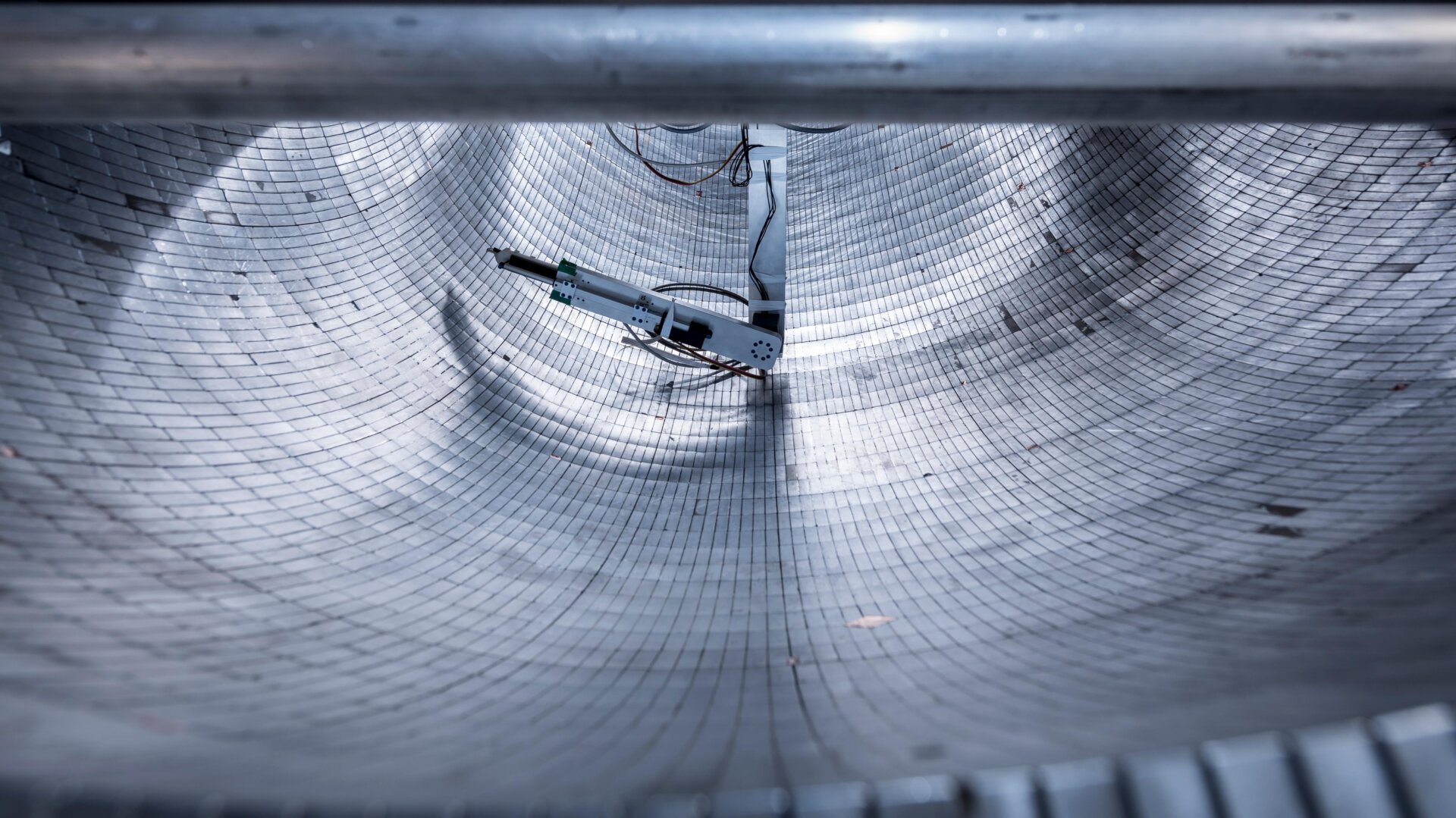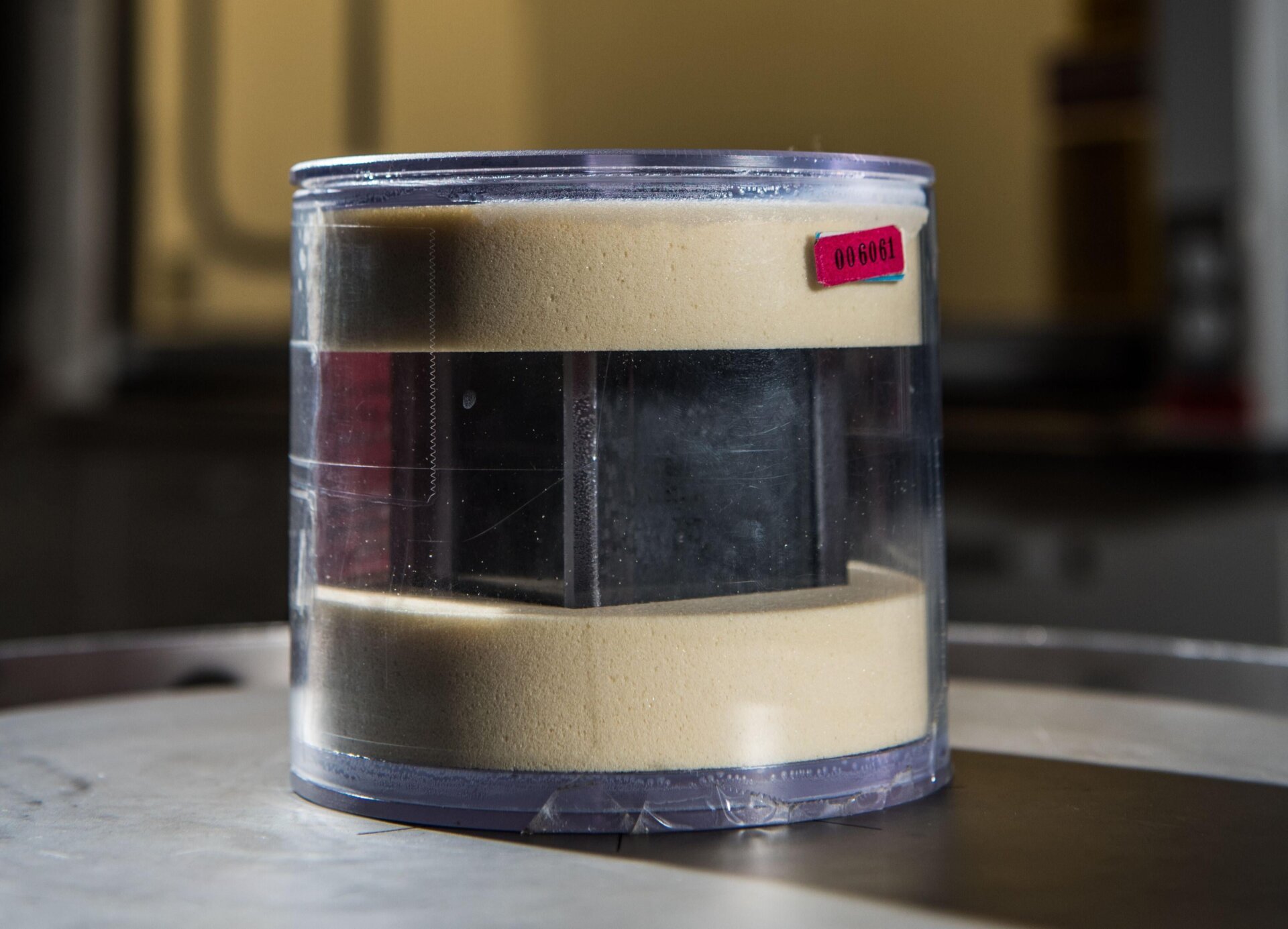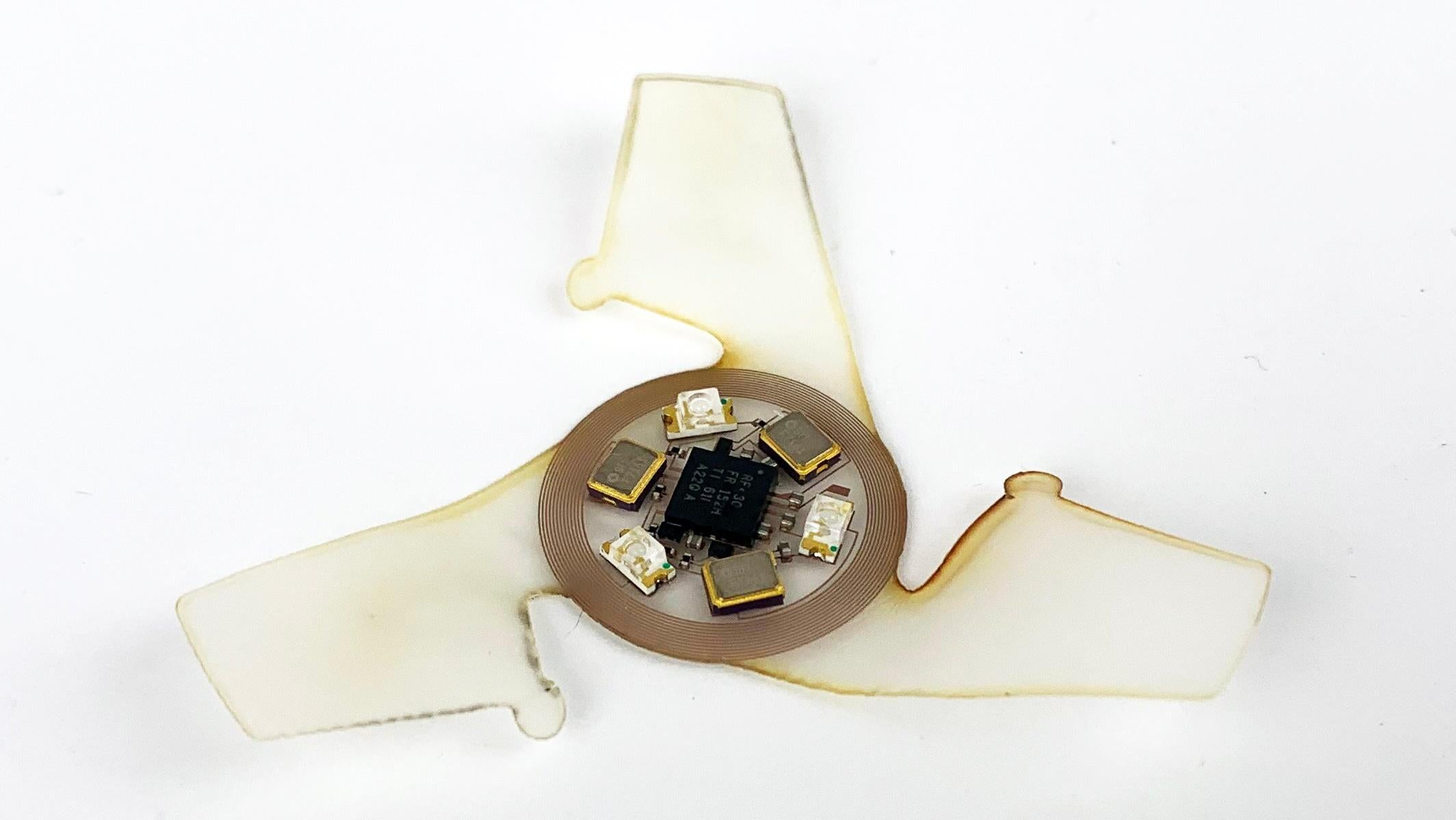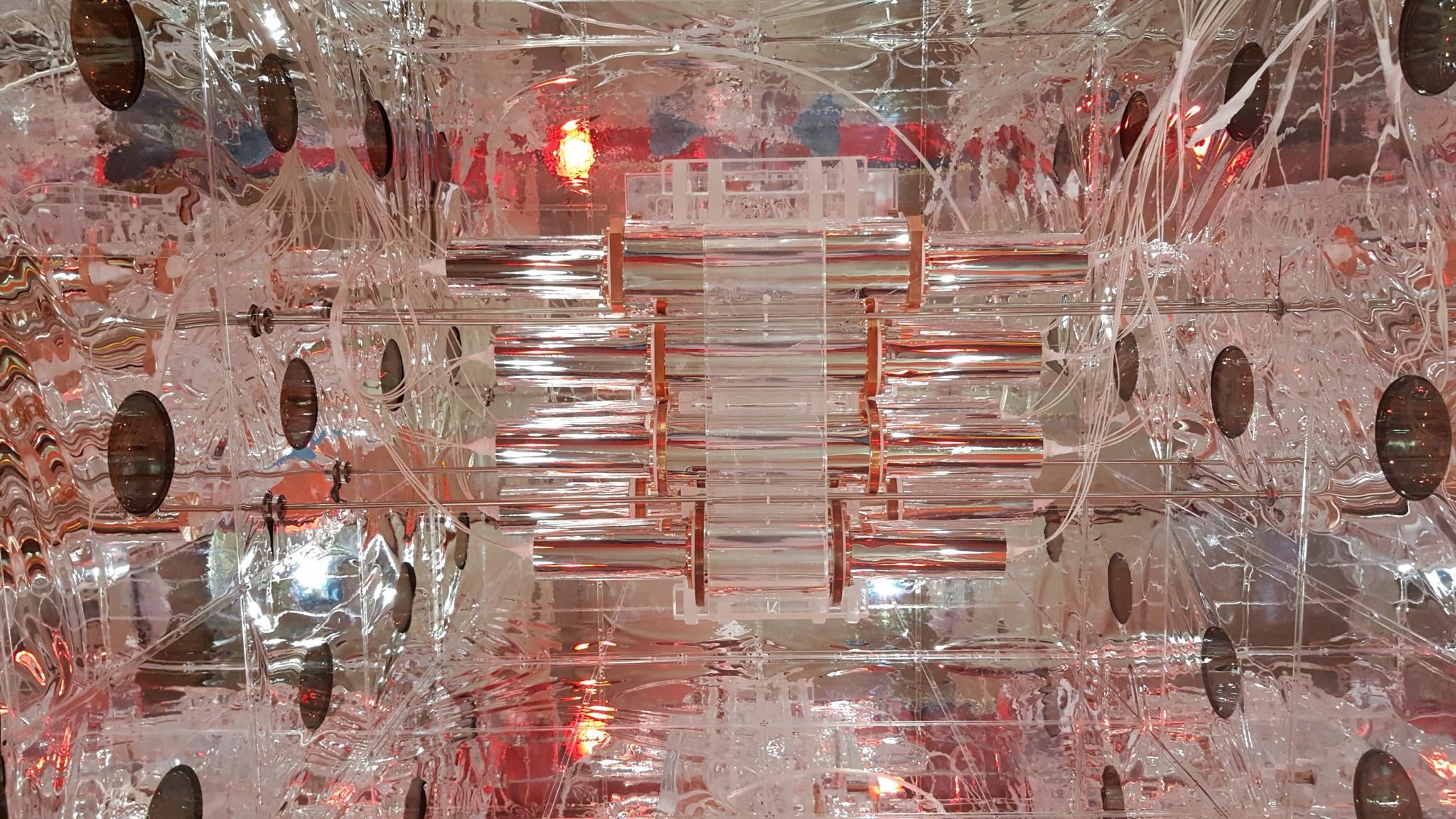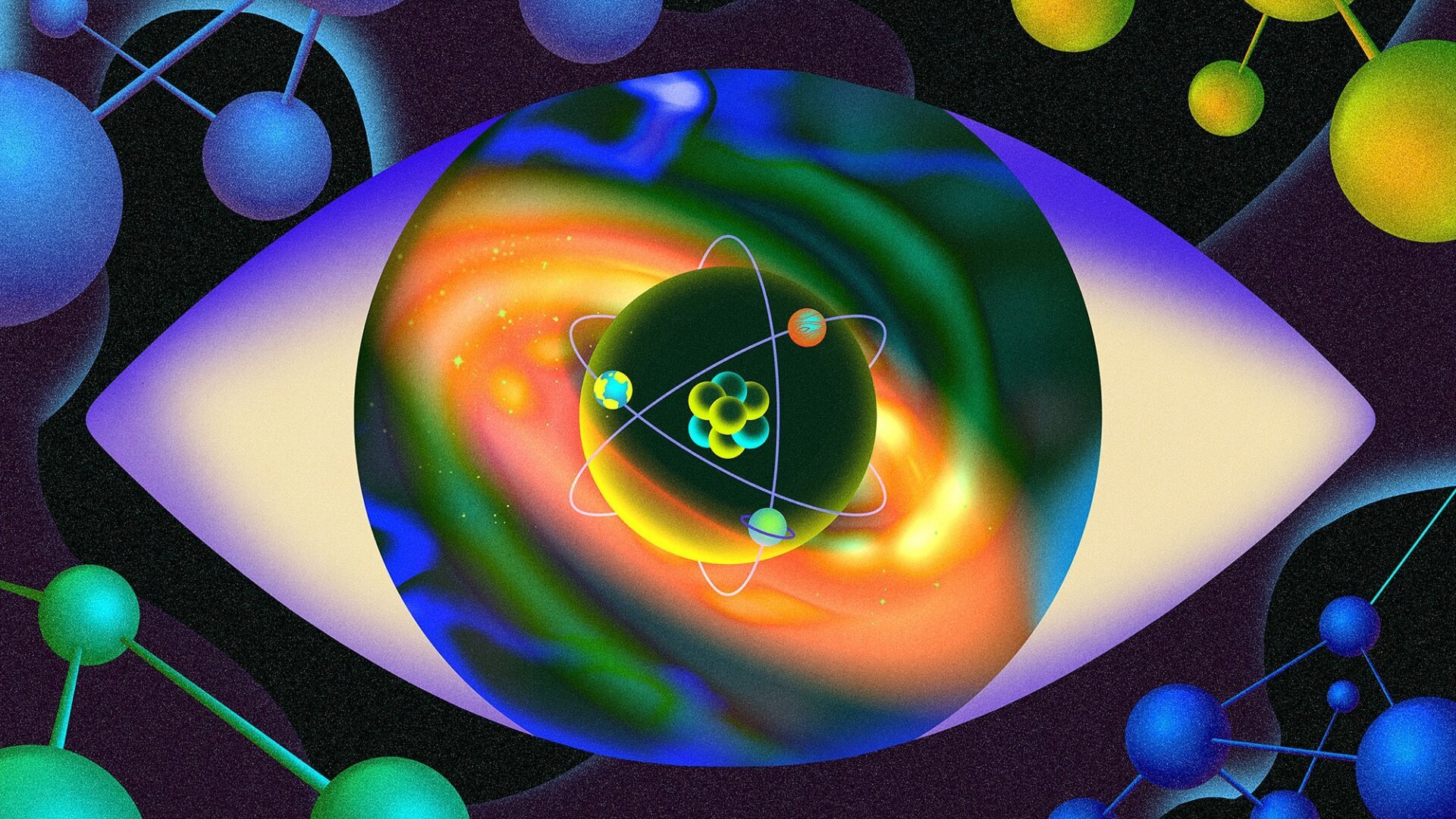Are you tired of dry, overcooked, or even undercooked chicken? Imagine a future where perfectly cooked, succulent chicken is created with the precision of a laser beam. Researchers at Columbia University are exploring this exciting possibility, using lasers to cook 3D-printed chicken with promising results regarding taste and texture. This innovative approach could revolutionize how we prepare food, offering a glimpse into the kitchens of tomorrow.
This groundbreaking research, published in npj Science of Food, details how different types of lasers can effectively cook chicken without compromising its flavor. “Cooking is essential for nutrition, flavor, and texture development in many foods, and we wondered if we could develop a method with lasers to precisely control these attributes,” explains Jonathan Blutinger, a lead engineer on the project at Columbia University. This method bypasses traditional ovens and stovetops, cooking the chicken directly on a tabletop.
The team at Columbia University began by pureeing chicken and then using a 3D printer to create thin layers of meat in various shapes. These printed chicken structures were then exposed to different types of laser light, including blue, near-infrared, and mid-infrared. Each type of laser interacted with the chicken differently. Blue lasers proved effective for cooking the interior, while infrared lasers excelled at browning the surface, achieving a desirable crispy texture.
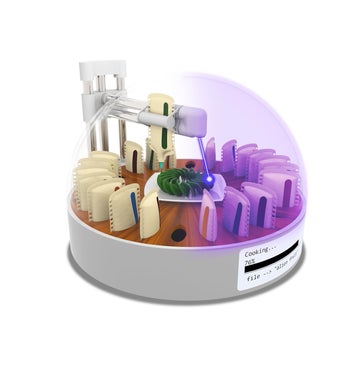 Alt text: Close-up of 3D-printed chicken being cooked with a laser.
Alt text: Close-up of 3D-printed chicken being cooked with a laser.
Compared to traditionally oven-broiled chicken, the laser-cooked chicken retained more moisture and experienced less shrinkage. Furthermore, in a blind taste test, participants favored the laser-cooked chicken over conventionally cooked chicken. Remarkably, the lasers could even cook food through plastic packaging, opening up possibilities for cooking pre-packaged meals without removing them from their containers.
This research stems from Columbia University’s Creative Machines lab, where engineers have been exploring the potential of 3D-printed food for several years. Their initial experiments focused on easily extrudable foods like cookie dough. In a 2017 presentation, Blutinger envisioned a future where consumers could input their biometric or genomic data into food printers, allowing for personalized meal customization based on individual dietary needs and preferences.
 Alt text: A conceptual illustration of a futuristic kitchen appliance that 3D prints food from ingredient packets.
Alt text: A conceptual illustration of a futuristic kitchen appliance that 3D prints food from ingredient packets.
While the technology holds immense promise, Hod Lipson, the mechanical engineer leading the Creative Machines lab, acknowledges that scalability remains a challenge. He emphasizes the need for user-friendly software that allows individuals to design their desired foods without requiring programming expertise. Additionally, a platform for sharing digital recipes, similar to how we share music, would be crucial for widespread adoption.
Beyond the technological hurdles, there’s also the matter of consumer acceptance. Many people have strong preferences for traditional cooking methods. Convincing them to embrace laser cooking will likely require time and education.
This innovative research presents a tantalizing glimpse into the future of cooking. While widespread adoption of laser cooking is still some way off, the potential benefits – from personalized nutrition to reduced food waste – are undeniable. As technology continues to advance, laser cooking could become a common feature in kitchens worldwide, transforming how we prepare and enjoy our meals.



